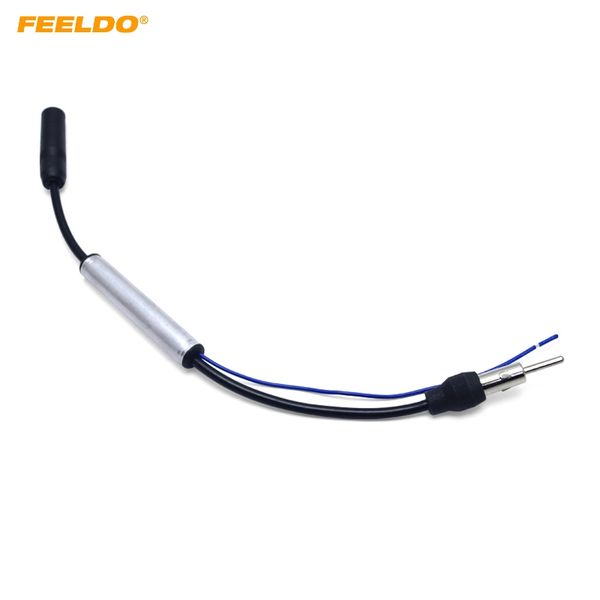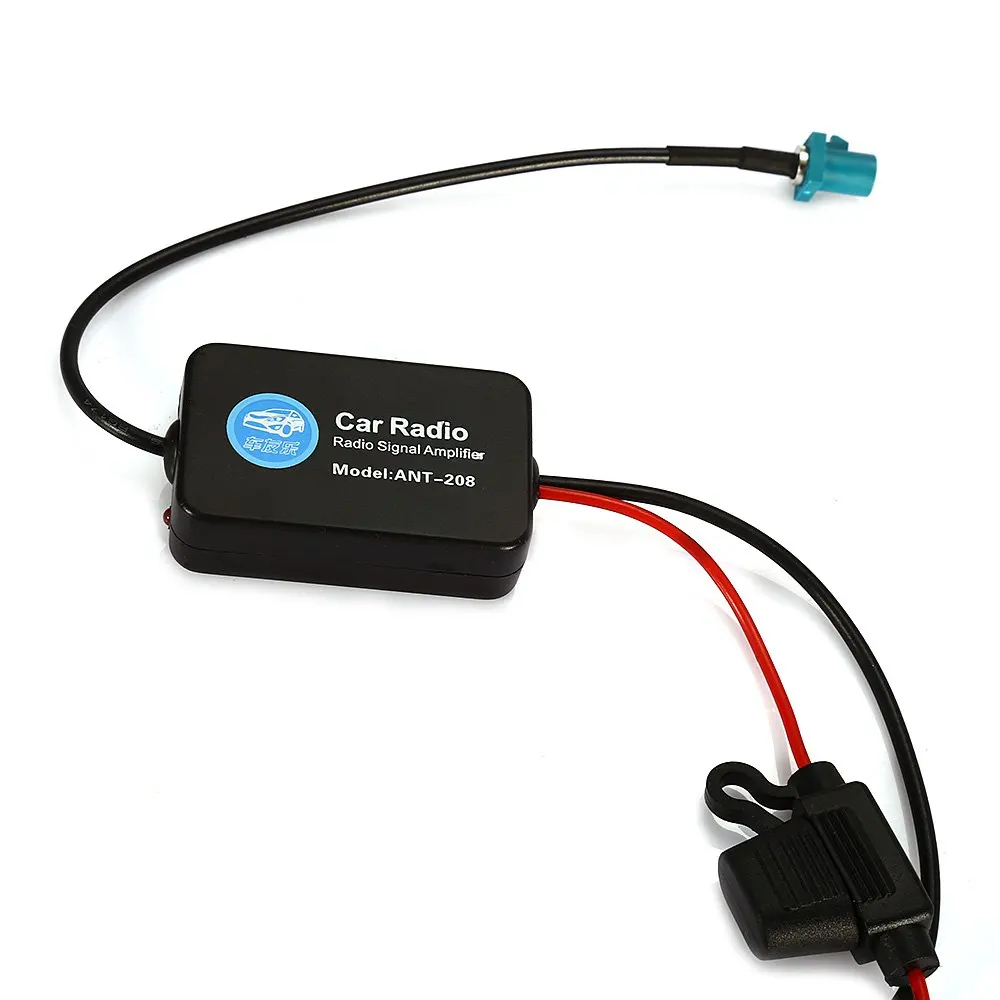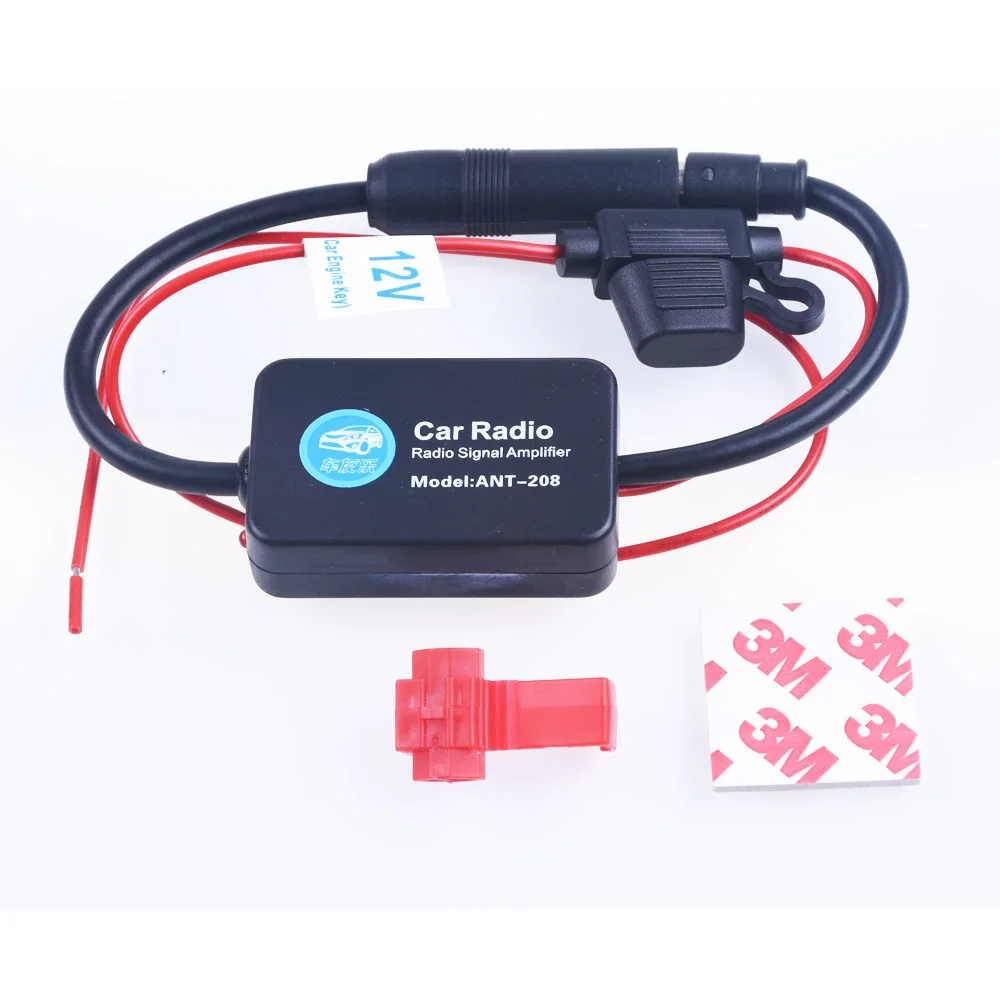

Look if they are still attached and properly insulated. Know if there are any complications like corrosion, rust, or any hardware malfunctions so you can proceed to what solution you can consider doing.Īlso, emphasize checking the wires attached to your antenna. Helpful Tips to Enhance Car Radio ExperienceĬar radio inspection is the initial step for you to boost radio signal in car. You may notice that if you are surrounded by tall or thick-walled buildings, your car radio’s performance declines. Obstructions like mountains, buildings with thick walls, and wind could also hinder a good radio transmission. Just turn those off to have a better experience. Electric equipment aroundĭevices that use electricity could cause interference in your radios. Your favorite programs might have a neighboring stronger radio frequency making it difficult for your radio to detect your preferred one. Strong local radio frequenciesĬompeting radio frequencies is unavoidable making the weaker ones suffer interruptions. Poor radio frequencies produced by your local radio stations are also possible especially if they are using radio hardware that is not suitable for your area or is outdated. The following factors you might also consider why you experience poor radio reception. Check if it has existing problems like being rusty, broken, or any physical problems that might be the root of the interruptions. If you are experiencing static noises from your FM radio and a poor am radio reception in car, the most probable reason why these happen lies in your antenna itself.
#Best car radio antenna booster how to
Now that you have created a car radio signal booster, test if the weak radio signal transmissions have been detected and improved.īut if you are still unsatisfied with the performance, continue reading to learn the reasons behind a poor car radio transmission and uncover how to possibly minimize them. Step 6: Test your DIY radio signal booster Make sure that it is properly attached and just adjust the copper wire connected inside if you are having difficulties attaching it back to the car. If these materials are out of availability, you may also do this step using electrical tape as an alternative. Heat it up using a hairdryer or any device that could do the same function so it could seal and wrap the signal booster you have made. Using a heat shrink wrap, cover the entire antenna to secure it from external forces like wind, heat, and rain. Make sure that you narrowed the rip of the wire so you can easily mount it again on your car. Step 3: Connect one tip of the copper wire inside the antennaĬonnect the other end of the copper wire inside where the thread adapter of the antenna is located. Narrow the both ends using the scissors so you can easily tie it around. Use the copper wire to coil around your car antenna. Step 2: Coil the copper wire around the antenna Some car radio antennas require a screwdriver so just make sure to do it properly. Remove the car antenna off from the top of your car by rotating it counterclockwise.

Hairdryer (or any heating device to be used on the wrap).Heat shrink wrap (preferred) or electrical tape.Having the budget to buy one is good just make sure that you get the most out of your money by getting the best specifications.īut if it is too costly for you to buy one, you may temporarily (or even permanently) aid this by creating a DIY car antenna booster and just follow the guidelines detailed below. The best thing you can do to fix bad radio reception in car is to focus on your radio antenna’s performance. Helpful Tips to Enhance Car Radio Experience.


Step 6: Test your DIY radio signal booster.Step 3: Connect one tip of the copper wire inside the antenna.Step 2: Coil the copper wire around the antenna.I started with a low gain setting and gradually increased it while listening to the radio, stopping when I achieved the desired signal strength and clarity. My booster had an adjustable gain control, allowing me to fine-tune the amplification. Plug the power supply of the booster into a wall outlet and connect it to the booster’s power input. Often these parts come with attachments to aid with this.Ĭonnect the output port of the booster to the antenna input on the radio using the required cable. Depending on the booster and antenna types, this may involve using adapters with a coaxial cable. I attached my antenna to the input port of the booster. To get the best results from your FM antenna booster, it must be installed correctly here are the steps to follow.ĭisconnect the existing antenna from the radioīefore connecting the booster, be sure to disconnect the existing antenna from the radio if one is attached.


 0 kommentar(er)
0 kommentar(er)
